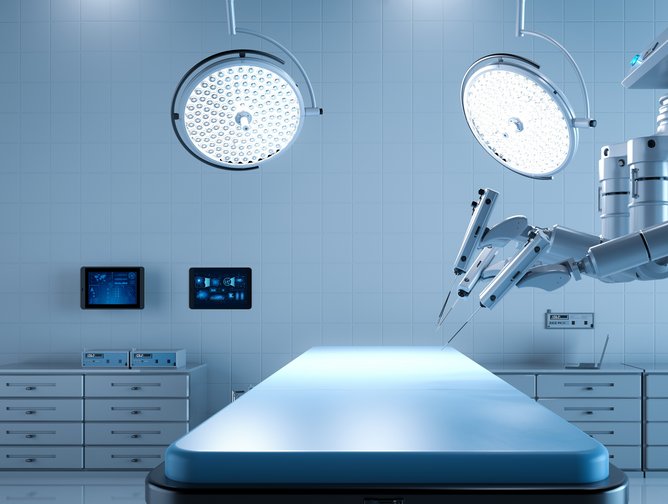Autonomous mobile robots in the post-pandemic world

The world has seen a significant rise in autonomous mobile robots, especially during the pandemic. According to IMARC Group, the global robotics industry reached a value of US$23.6bn in 2020. The robotic market is expected to grow at a compound annual growth rate of 20.6% between 2021 and 2026.
Further, the WHO issued guidelines to minimise the spread of COVID-19, which included avoiding crowded areas and close contact. Most nations encouraged people to work from home while others enforced total lockdowns.
In these unprecedented circumstances, leaders in various industries had to come up with new ways of undertaking their operations. Autonomous mobile robots became an efficient solution in addressing the labor gap issue.
Autonomous mobile robots in minimising human contact
The retail, manufacturing, warehousing, and restaurant industries have significantly shifted towards automation. Automation has brought various levels of autonomy into the picture.
For example, autonomous mobile robots have taken over labor-intensive tasks such as picking, sorting, and transportation in facilities. These robots handle millions of components without the assistance of humans, increasing material flow.
The pandemic has drastically changed how we patronise retail shops and food supply chains.
AMRs are taking up frontline roles such as serving and delivering food to clients in urban hotspots. The key benefit is their reliability in handling repetitive physical tasks that humans can’t handle safely in the post-pandemic world.

Robotics in healthcare
During the COVID-19 pandemic, many of the challenges facing health workers have come to light. One of the strategies to overcome those challenges is the implementation of robots in healthcare facilities. Robots can help in handling tasks such as disinfection and sterilization, delivery of drugs, food, and waste, and others where human presence is not necessary.
Even though in the times of the pandemic healthcare workers are mostly focused on how to use robots to eliminate human contact there are ways robotics can be used for doctors and remote workers to feel more connected to their clients and co-workers by providing a virtual presence. Virtual assistance and telepresence robots have enabled interactions with patients in isolation wards.
All in all, healthcare robotics has many potentials and the future will show how we will use this technology to improve healthcare standards worldwide.
The use of disinfecting AMRs
Disinfecting public places is a challenging problem in the post-pandemic world. A non-intrusive solution to this challenge has been the use of UV-C light. But UV light can adversely affect the human skin. The question has been how to best use UV light and protect human health.
AMRs mounted with UV-C lamps can independently traverse a designated area. Mobile apps create maps with waypoints for robots to traverse. The robots then follow the waypoints as they disinfect the area. The robots also navigate to the charging station when the battery is low, eliminating the need for human contact.
AMRs mounted with sprayer mechanisms can use pre-built maps to navigate contaminated areas. These robots reduce the risk of human exposure to contaminated areas and highly concentrated chemicals.
Robot as a service
The post-pandemic world has also seen the rise of Robot as a Service (RaaS). RaaS is a robotic rental solution for B2C and B2B businesses.
RaaS eliminates the initial costs of robot installation, which requires large amounts of knowledge and computing power. This rental service makes AMRs more accessible to small and medium-sized enterprises. RaaS enables smaller organisations to enjoy the benefits of flexibility and scalability that AMRs come with. These benefits would otherwise only be available to larger organisations that can afford the installation costs.
Some retail businesses also experience periodic surges in demand. Finding temporary workers during the pandemic is a challenge, and RaaS offers a practical solution. These retailers can rent AMRs to meet the high demand without investing in the equipment.
The post-pandemic world has enhanced the implementation of AMRs in various industries. These robots offer an effective way of dealing with the labor shortage challenge. Though it is not cost-effective for smaller organisations to invest in AMRs, RaaS allows them to use these robots without investing in them.
Byline by Luke Goodwin, a content marketing manager at FlexQube. To learn more about FlexQube, you can visit their news website.
- How Smart Factories are Reshaping the Manufacturing SectorSmart Manufacturing
- Crowe UK: 2024 Manufacturing Outlook Report Explores GrowthProduction & Operations
- Top 10: Chief Manufacturing OfficersProduction & Operations
- Aerospace Insight: Where does Boeing make all of its PlanesProduction & Operations






